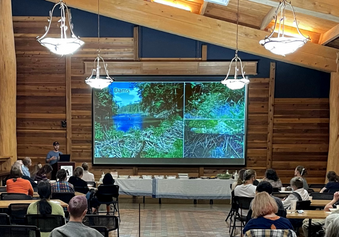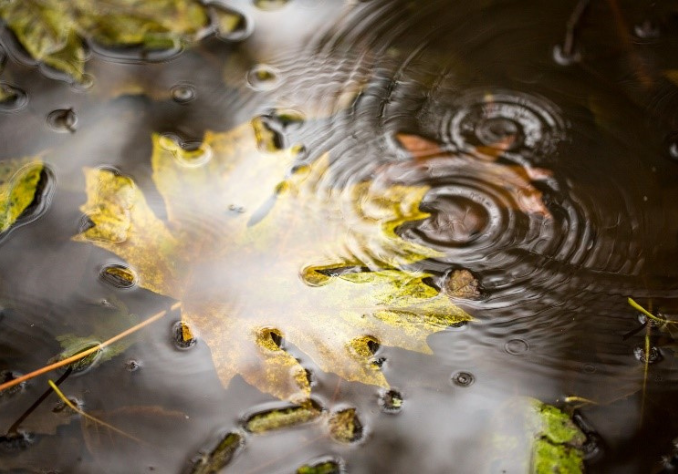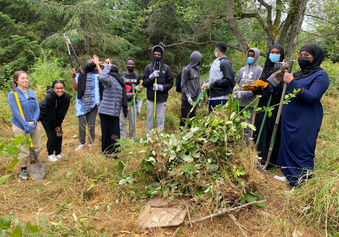Nature Blog
Connecting to Longfellow Creek
On Wednesday, September 21, DNDA and our community partners hosted an event at the Duwamish Longhouse and Cultural Center focusing on the history and importance of our local creeks. Connecting to Our Creeks featured guest speakers from a variety of local organizations. Ken Workman of the Duwamish Tribe, spoke about the tribe’s connection to the…
Longfellow Creek Diaries Project
DNDA in partnership with the Southwest Seattle Historical Society, Tom Reese, and the Duwamish Alive Coalition has launched the Longfellow Creek Diaries Project to collect community memories of the creek. The iconic Longfellow Creek runs the length of West Seattle. From its headwaters at Roxhill all the way to Elliot Bay, Longfellow Creek is an important part of this…
A Summer of Environmental Justice
This summer, DNDA launched and facilitated a new Environmental Justice Summer Youth Program based at Roxhill Park, which ran from July 5 to August 25. Through this program we engaged with a cohort of youth interns ranging in age from 14 to 16, most of whom were from Seattle Housing Authority’s High Point community in…
Work Outdoors With Us!
Our Nature team is growing! We are looking for a strong candidate for a key role leading education programming through our Delridge Wetland Park project and our Urban Forest Restoration Program. The Environmental Education Coordinator will tailor technical, science-based information for diverse audiences, developing relevant curriculum and activities. This position will require integrity and accountability…
Nature Activities this Summer at Roxhill Park
DNDA, in partnership with the Duwamish Alive Coalition and Seattle Parks & Recreation, is hosting weekly nature-based activities at Roxhill Park located at 2850 SW Roxbury St in Seattle. There’s still time to join us before summer is over, all ages are welcome! Thursday, August 11, 12:30 to 2:30pm — Wildlife of Seattle Meet your furry…
Birds of Roxhill Park: Community Presentation and Tours
Discover your local birds, how to identify them, when and where to find them. Join Seattle Audubon’s Master Birders Etta Cosey and Wendy Walker on two Saturdays this July for bird identification information and activities at Roxhill Park! Saturday, July 16 (9:00a to 10:00a) will feature a bird presentation about habitat needs of local birds,…






